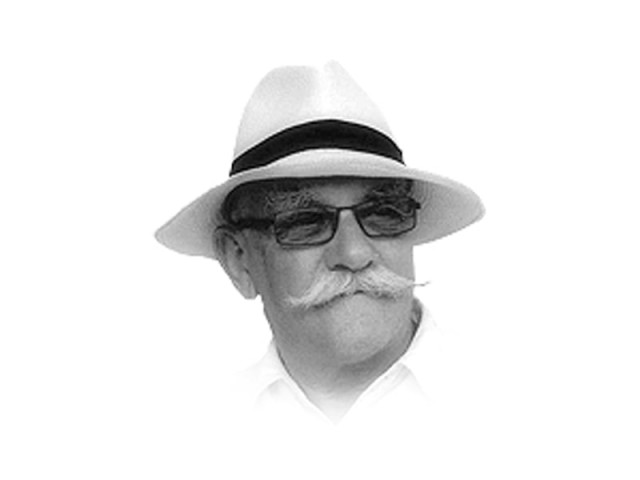Happy holidays
If I can travel in reasonable safety and comfort then so can anybody else in Pakistan, native or foreign national

The writer is editorial consultant at
The Express Tribune, news junkie, bibliophile, cat lover and occasional cyclist
All this is very welcome news, particularly as the tourism industry in Gilgit-Baltistan has suffered a severe decline in recent years. Hotels have mostly stood empty, bank loans unpaid and foreclosure a reality for some of them.
Without wishing to sound like a promotional flyer I can say hand-on-heart that Gilgit-Baltistan is truly the jewel in the tourist crown in Pakistan, a country that is massively under-developed as a tourist destination, largely because both nationally and internationally it has a serious image problem, particularly relating to security or the lack thereof. Many foreign missions advise their nationals only to make essential visits to Pakistan.
There are places where tourism is to say the least unwise, and to foreign nationals Peshawar and virtually all of Balochistan are off-limits. All of the tribal areas are also off-limits but they have no tourist facilities anyway. Otherwise, vast areas of the country are safe to visit and travel in, and I do it regularly. And if I can do it in reasonable safety and comfort then so can anybody else in Pakistan, native or foreign national.
During much of the 1990s my home and work was in the then Northern Areas, in Nagar, north of Gilgit. To be scrupulously honest Gilgit itself is about as unlovely as it is possible to get, though it is much improved on my first visit there in 1993 when it had a distinct air of the Wild West about it. In those days the place swarmed with foreign tourists, mostly of the budget backpacker variety, who stayed at the many hotels that catered to the bottom end of the market. For richer folks there were four-and-five star hotels, most of which were of reasonable international standard physically even if the quality of service left something to be desired.
What was not seen so much were Pakistani people on their holidays, and when a busload of people from ‘down south’ did show up it was a matter of considerable interest. The market was not geared to local consumption except at the top end, and most local tourists could not afford even the mid-range hotels, and had little desire to share space with cosmopolitan travellers with their strange habits and dress at the bottom end.
But times change, and 9/11 changed a lot in Pakistan, its small tourist industry included. Foreigners stayed away in droves and for local tourists, when they travelled at all, it was a very long way to the delights of Gilgit-Baltistan. But today there seems to be something of a rediscovery of this most beautiful part of the country. It is not just the landscape that draws the eye, it is culture and customs, a genuine warmth and hospitality, terrific food and, perhaps remarkably, a general sense of peace and tranquillity.
Now I am not so naive as to suggest that nothing untoward ever happens north of Chilas, because it most assuredly does. But with the Babusar Pass now a tarmac road it is no longer necessary to pass through the decidedly dodgy Indus-Kohistan, and with the resurfacing of the Karakoram Highway north of Raikot Bridge the ride up to Hunza is no longer the boneshaker it used to be. The hotels at the affordable end (locally affordable) have re-swung their compasses in the direction of serving local rather than foreign tastes and needs, and Gilgit-Baltistan is very much open for business.
You may still need a small spark of adventure to get the best out of trekking north, but I promise you will not be disappointed.
Published in The Express Tribune, July 30th, 2015.
Like Opinion & Editorial on Facebook, follow @ETOpEd on Twitter to receive all updates on all our daily pieces.















COMMENTS
Comments are moderated and generally will be posted if they are on-topic and not abusive.
For more information, please see our Comments FAQ